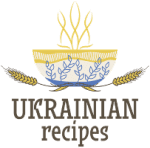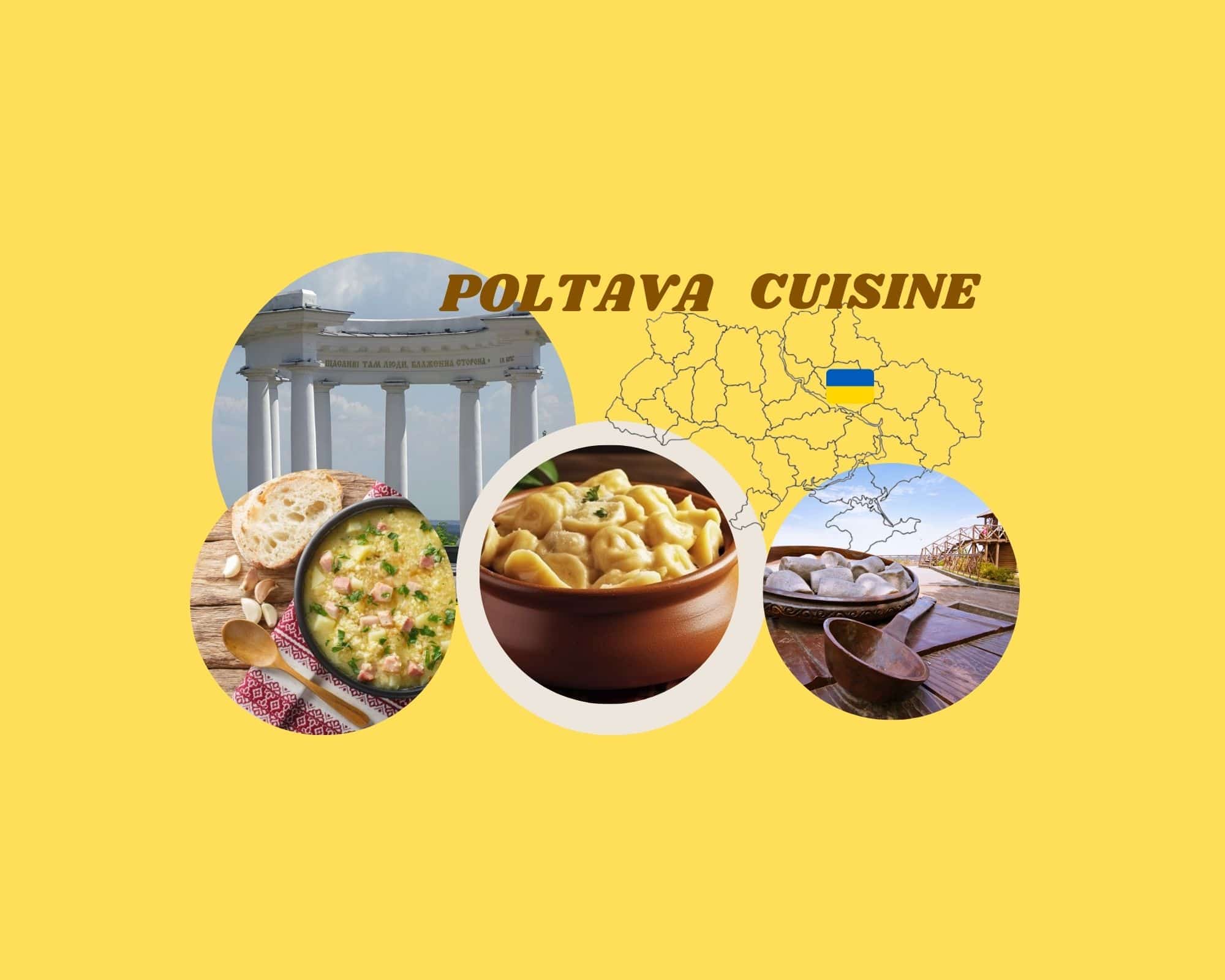From borscht to dumplings: Exploring Poltava cuisine and its rich cultural heritage
Poltava is a city rich in history and culture, located in central Ukraine. It stands out not only for its historical monuments and scenic beauty but also for its unique and delicious cuisine, which has become a staple of Ukrainian culinary traditions. Poltava’s food culture reflects the agricultural richness of the region and is steeped […]
Continue Reading

